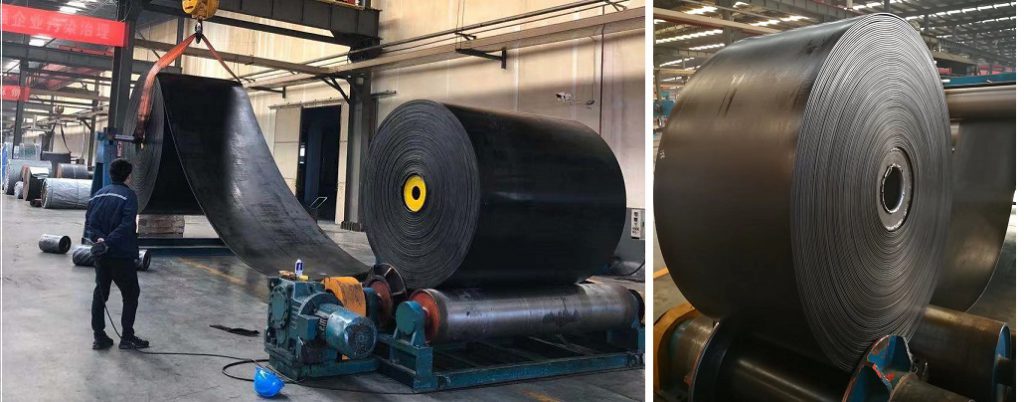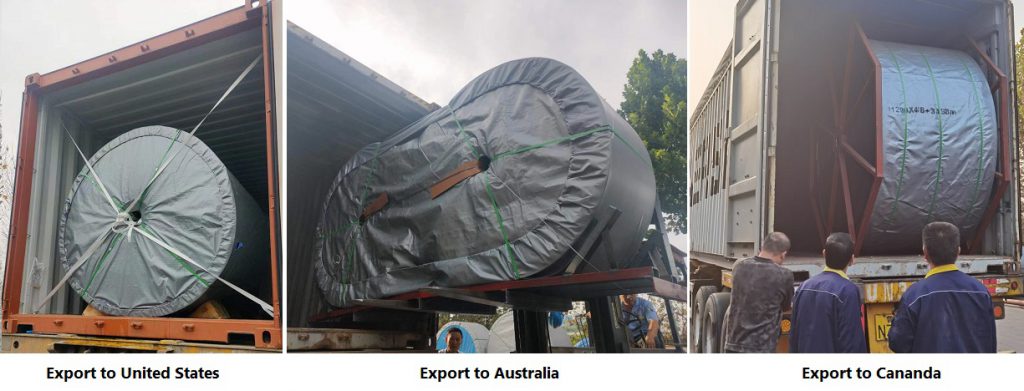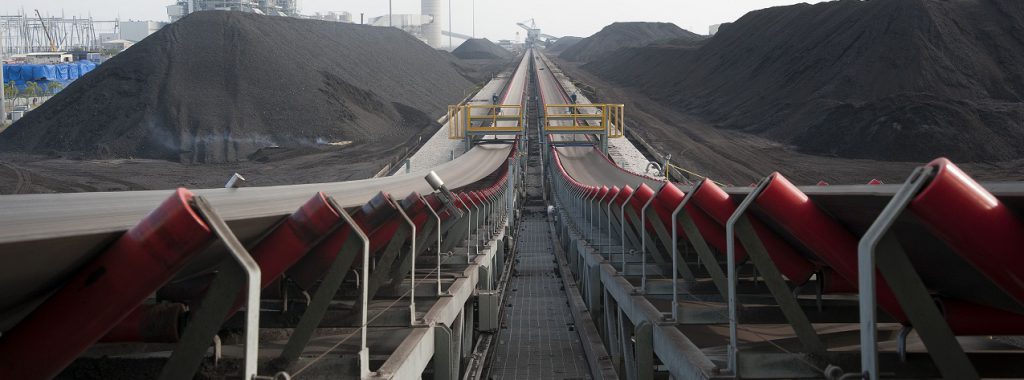What is the difference between PSI and Mpa in conveyor belts and how to convert them to each other?
PSI (Pounds per square inch) is a unit of pressure measurement. “P” stands for pounds, “S” for square, and “I” for inch. In the United States, PSI is commonly used as a unit of pressure, representing pounds of force per square inch. Converting all units to the metric system, we can calculate that 1 bar is approximately equal to 14.5 psi.
In the technical description of conveyor belts, PSI is typically used to describe the strength of rubber. Rubber on conveyor belts is a critical component, constituting 60% to 80% of the entire belt structure, making its strength paramount. The higher the PSI value, the greater the strength of the rubber, which means the conveyor belt can withstand higher loads and stresses, thereby extending its service life.
In conveyor belts, “Mpa” is also used to describe the tensile strength of the rubber cover, representing the load a unit area can bear before the rubber material is stretched to the point of rupture. It is also known as “tensile strength.”
So, both “Mpa” and “PSI” describe the ultimate ability of the rubber cover to resist tensile failure, also known as “tensile strength.” The difference between Mpa and PSI lies in the units and numerical values. Mpa is an international standard unit, representing higher pressure, while psi is a non-international standard unit, typically used in the Imperial system and representing lower pressure.
The conversion formula between “Mpa” and “PSI” is as follows:
1 megapascal (Mpa) = 145.037 pounds per square inch (psi)
1 pound per square inch (psi) = 0.00689 megapascal (Mpa)
For conveyor belt manufacturers and users, understanding the PSI or Mpa value of the rubber on conveyor belts is crucial. This helps ensure that the selected conveyor belt can meet the specific requirements of the application. For example, some applications may require higher PSI or Mpa values to perform well when handling heavy materials or in high-stress environments. When selecting a conveyor belt, PSI and Mpa values also affect the choice of belt width, thickness, and number of plies to ensure the belt is sufficiently robust.
Furthermore, PSI and Mpa values are directly related to the wear resistance and aging performance of conveyor belts. Rubber with higher PSI or Mpa values typically has better wear resistance, meaning the conveyor belt can withstand abrasion for longer periods without damage.
SUNGDA CONVEYOR BELT CO.,LTD








Tags: conveyor belt specification,Mpa,PSI,Rubber conveyor belt,Standard





